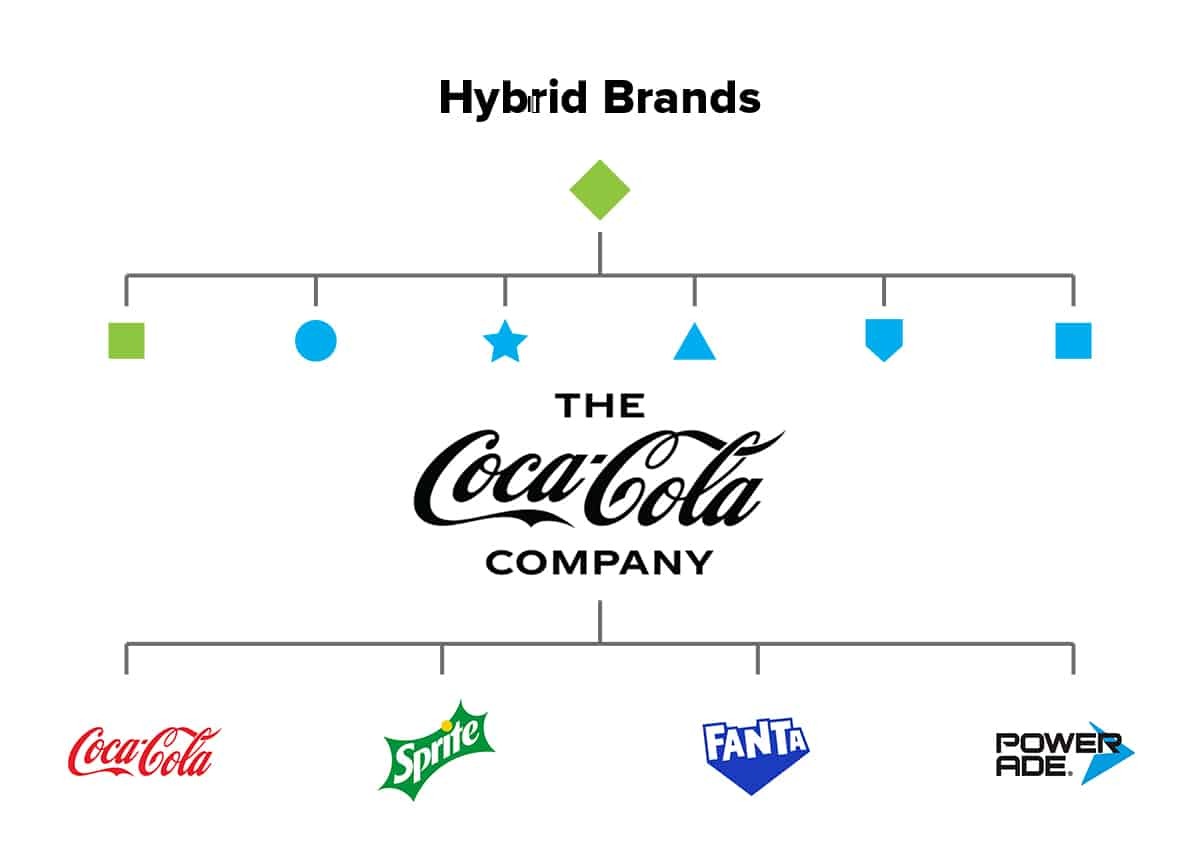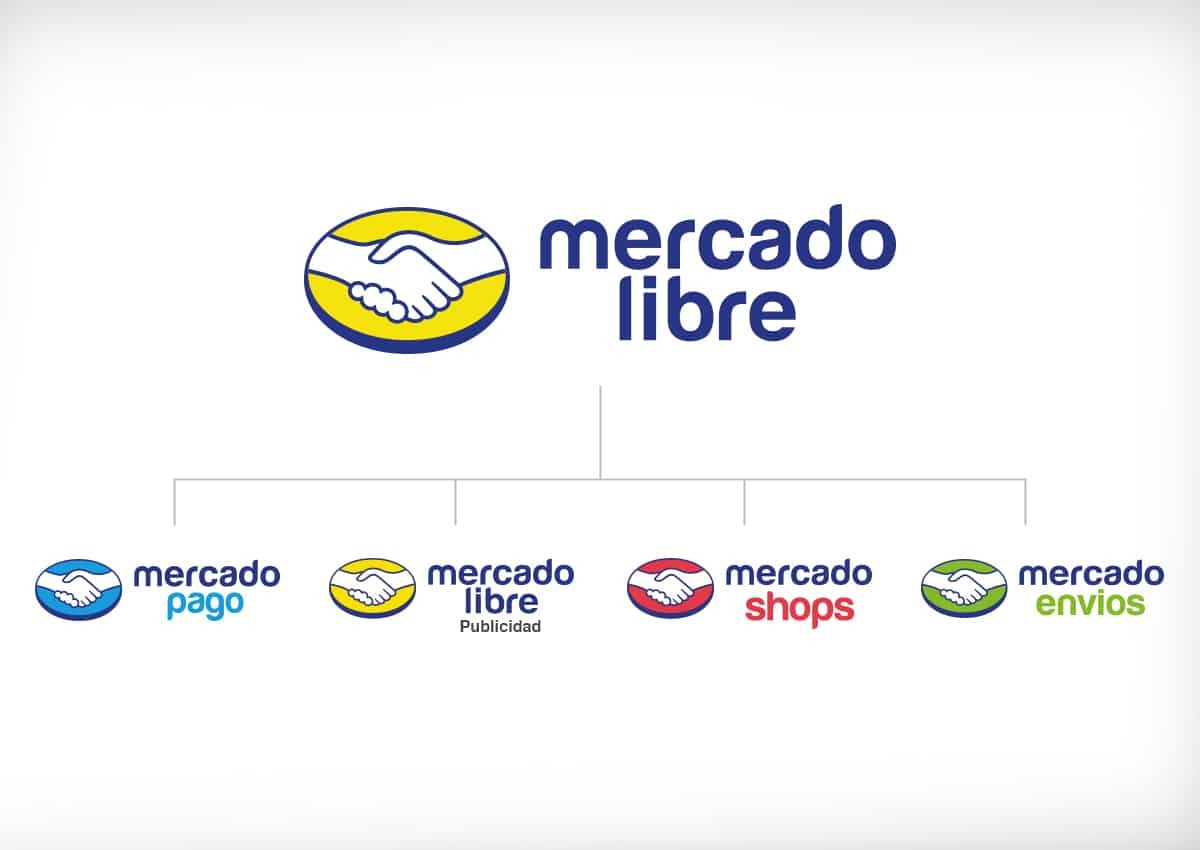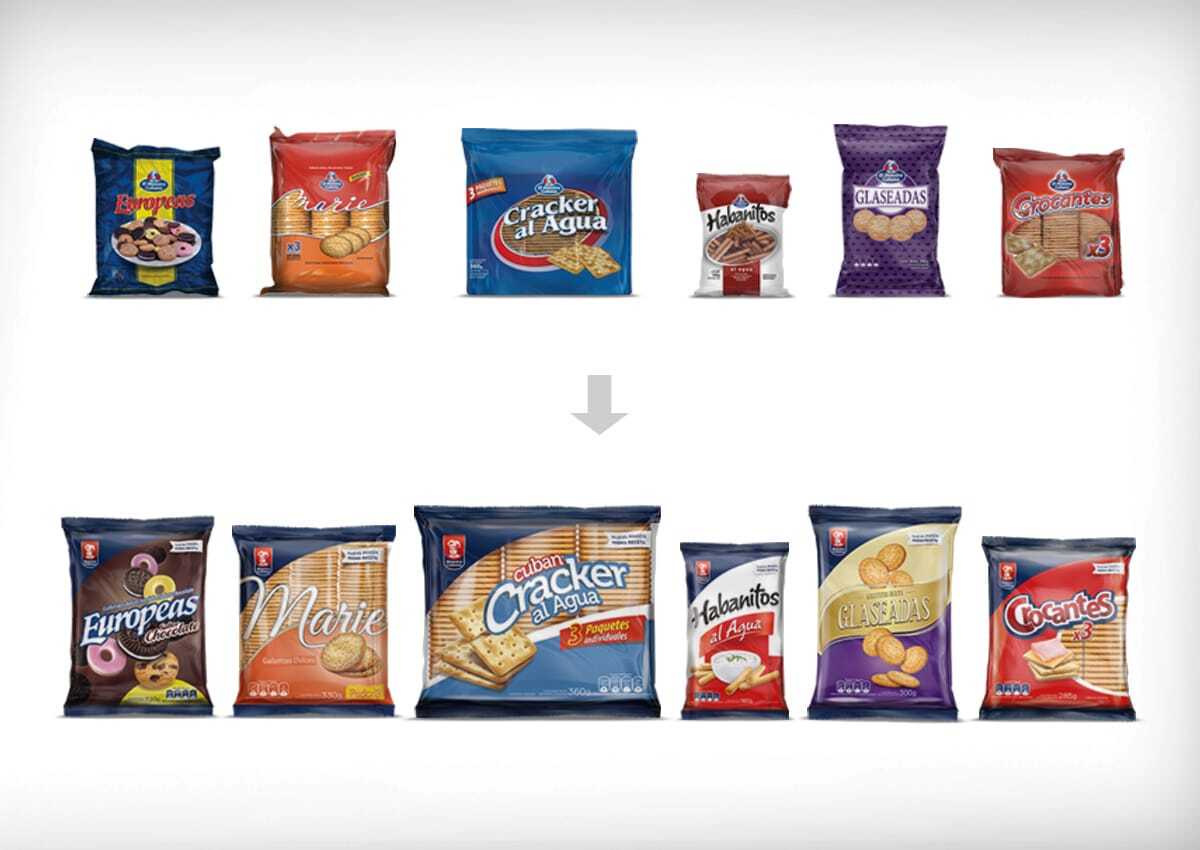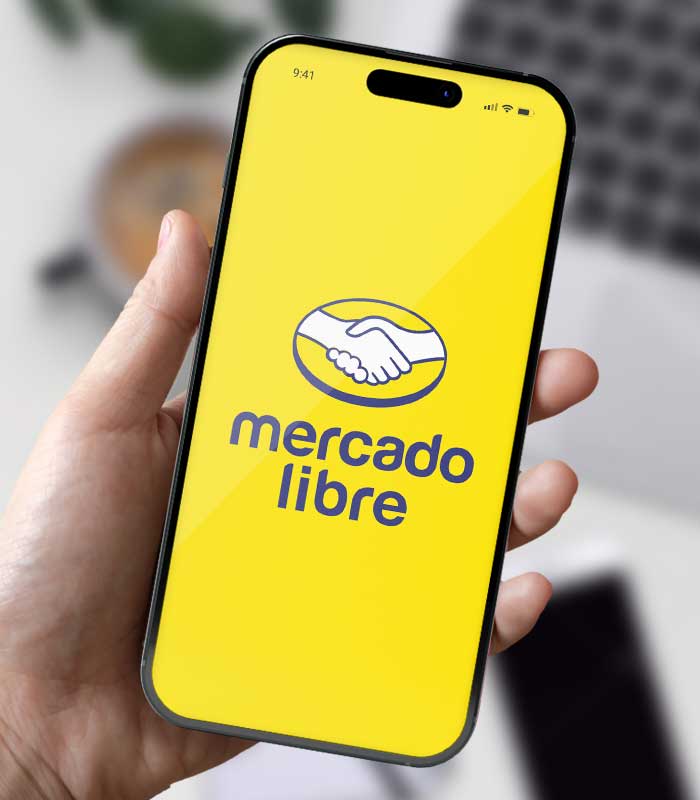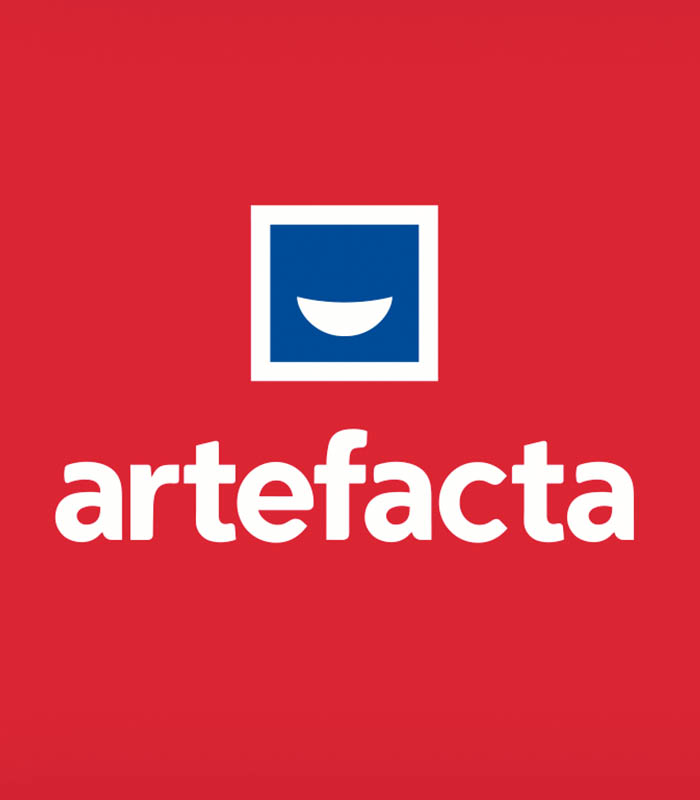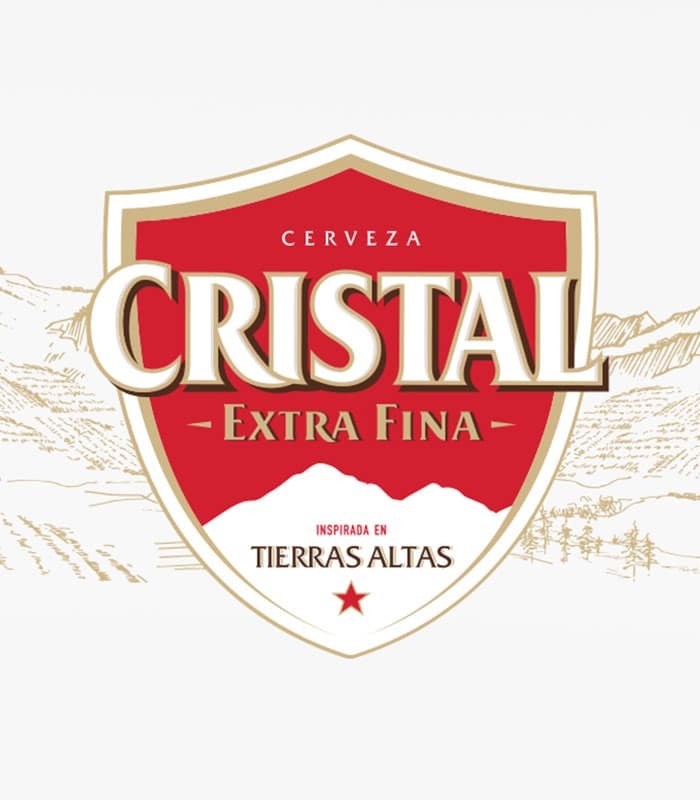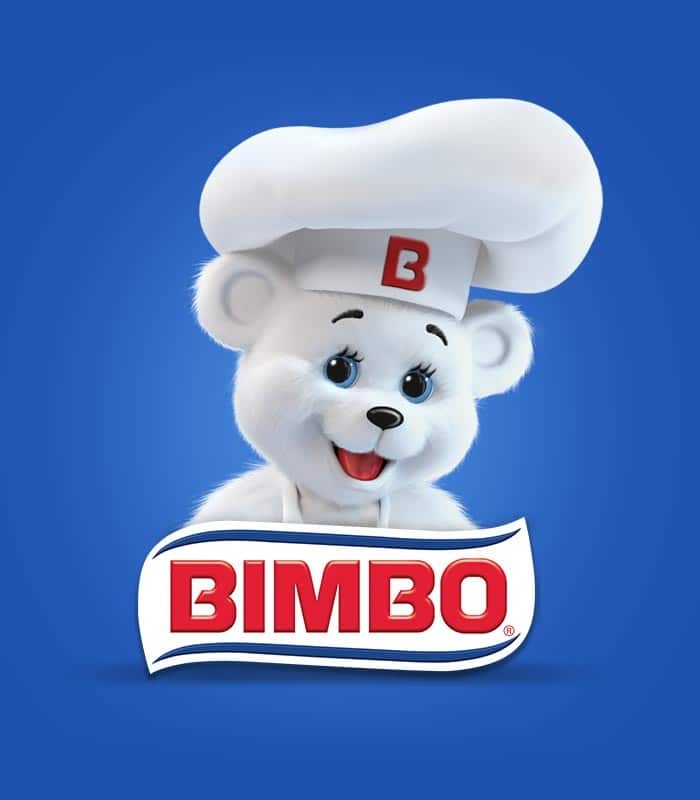Optimizing Brand Architecture for Consumer Packaged Goods and Services
![]()
BRAND ARCHITECTURE
Brand architecture plays a critical role in organizing and structuring a brand's product portfolio for consumer packaged goods and services. This strategic branding tool assists companies in effectively conveying their product offerings, core values, and brand relationships. In this article, we explore the advantages of a well-defined branding and brand architecture and its impact on packaging design, visual identity, and consumer loyalty.
The Significance of Effective Brand Architecture:
A robust brand architecture ensures an organized and balanced environment for brand management. It facilitates strategic decisions, such as defining brand levels, hierarchy, identity guidelines, and creating new brands or sub-brands. Let's explore the benefits of a streamlined brand architecture in consumer-focused industries.
Advantages of Effective Brand Architecture:
- Enhancing brand recognition and adding value to the brand.
- Enabling growth through new brand or sub-brand creation.
- Segmenting communication for target audience engagement.
- Simplifying messaging to articulate unique positioning.
- Developing cohesive strategies for each brand to maximize visibility and differentiation.
- Building consumer loyalty and trust.
Developing a Winning Brand Architecture Strategy:
As a leading design agency, creating a successful brand architecture strategy is a complex task that involves identifying needs and evaluating economic impacts. For consumer packaged goods and services, a robust brand architecture is essential for sustainable growth and market competitiveness.
TYPES OF BRAND ARCHITECTURE MODELS:
MONOLITHIC BRANDING MODEL
The Monolithic branding model, also known as the "Masterbrand" or “Branded House” represents a straightforward approach to brand architecture. In this model, a single corporate brand takes center stage, delivering a clear and concise message to consumers.
The strength of the Monolithic model lies in its cohesiveness and clarity. There is no confusion among sub-brands as everything revolves around the master brand. This unified branding approach fosters strong consumer loyalty and promotes an unequivocal and consistent brand message, enhancing overall brand management.
The primary objective of this branding model is to offer a diverse range of products that may not be directly related but share the same core values and personality, strengthening the brand's identity.
One clear benefit of the monolithic branding model is that consumers can easily recognize and understand the relationship between the corporate brand and its products or services. This simplicity promotes trust and brand loyalty. Marketing and branding efforts are concentrated on a single brand, reducing the need for extensive brand development and management for multiple sub-brands. And the strong reputation and goodwill of the corporate brand can be harnessed to boost the credibility of all associated offerings.
Prominent brands such as Nike, Apple, Google, Yamaha, and Phillips have effectively embraced the Monolithic branding model, reaping the rewards of high consumer loyalty and market success.
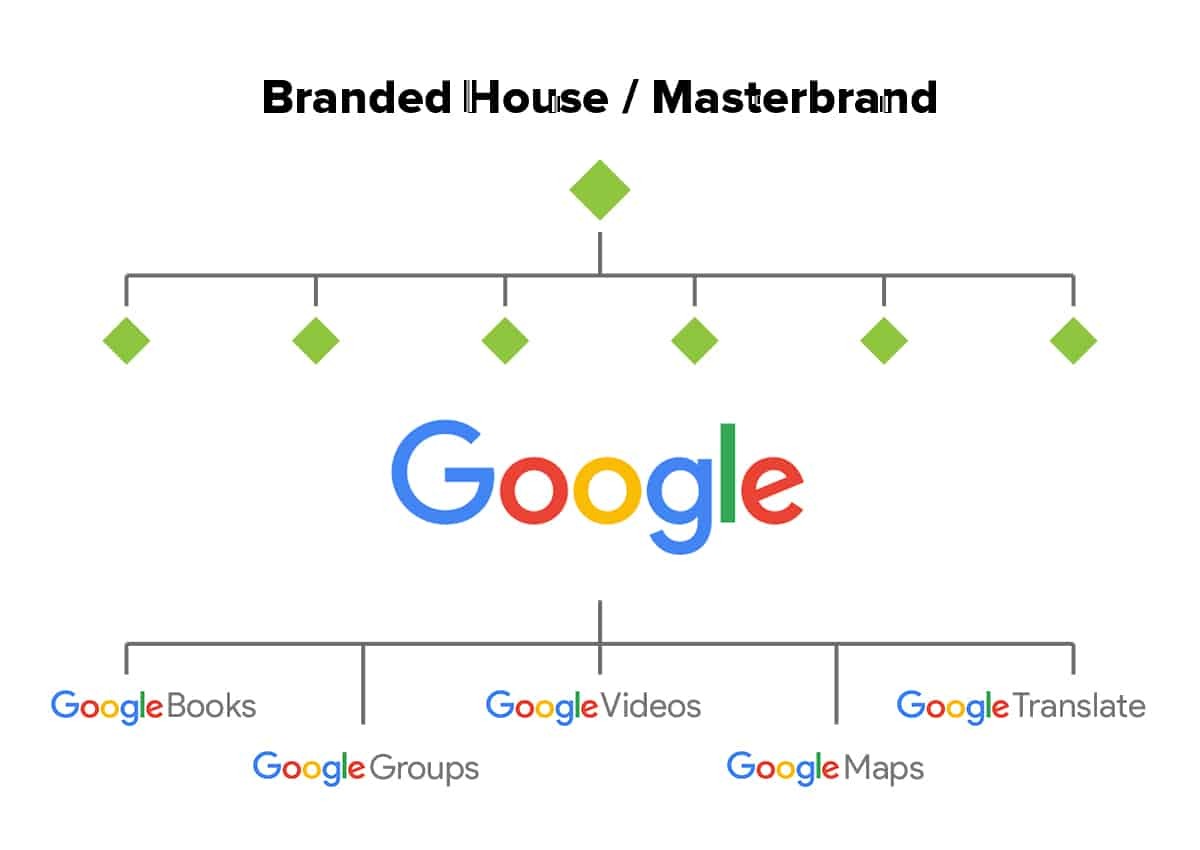
ENDORSED BRANDING MODEL
In the endorsed branding model, often referred to as the "Endorsed House" branding strategy, the primary brand or parent company provides endorsement and added value to independent products or services. This endorsement is a powerful branding tool that strengthens and reinforces the brand equity of these independent brands while effectively communicating the collective strength of the entire brand portfolio.
In this branding model, the parent brand remains prominently visible but primarily in a supportive role. It lends its reputation, credibility, and resources to the individual brands within its portfolio, amplifying their market presence and consumer trust.
A notable example of the endorsed branding model is Nestlé. Nestlé is a global food and beverage conglomerate that operates a wide range of independent product brands across various categories, including Nestlé Pure Life, Nescafé, Kit Kat, and Purina, among others.
In the endorsed branding model, Nestlé's corporate brand provides endorsement and credibility to each of these individual product brands. While each product brand maintains its own unique identity and caters to specific market segments, they all benefit from the reputation and resources of the Nestlé name.
In summary, the Endorsed Branding Model, or Endorsed House branding strategy, allows a parent brand to provide endorsement and value to independent products or services within its portfolio. It is a branding strategy that combines the strength of the corporate brand with the autonomy of individual brands, offering a balance between consistency and customization while enhancing overall brand equity and market presence.
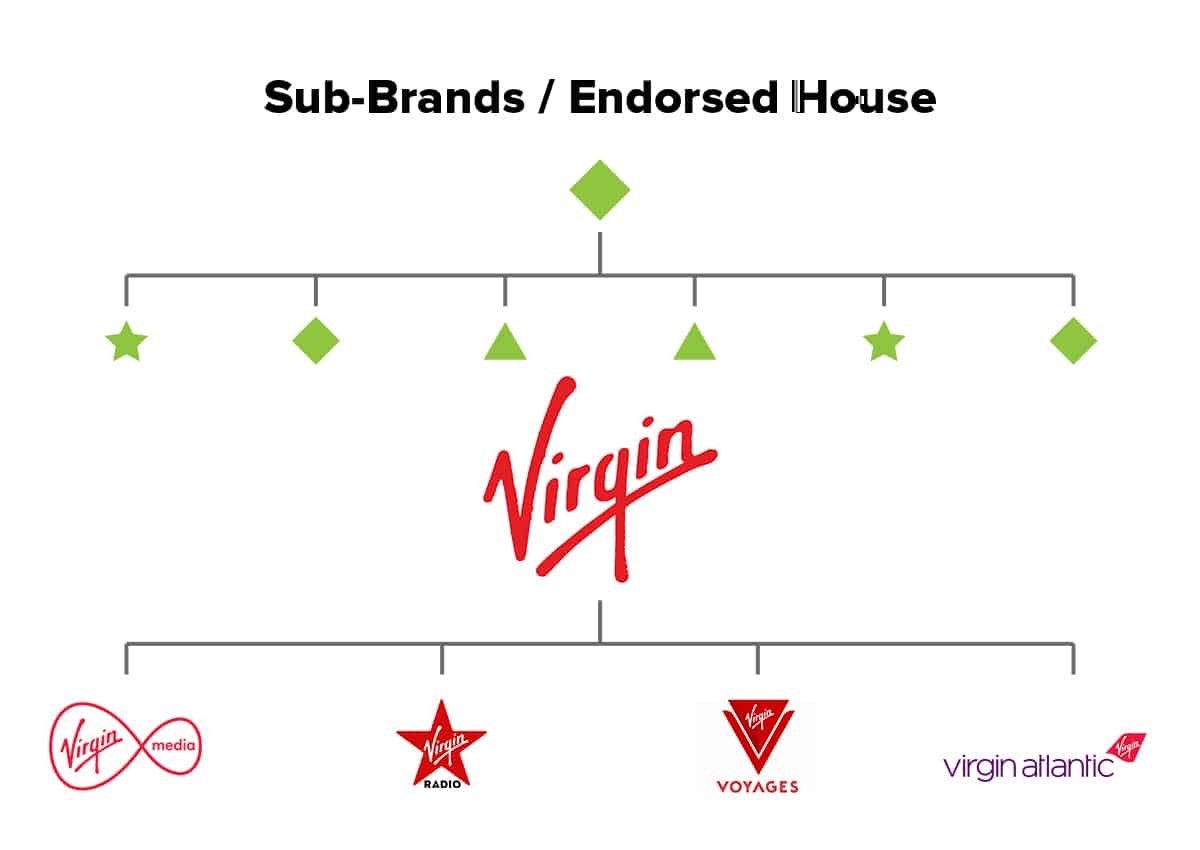
INDEPENDENT BRANDING MODEL (HOUSE OF BRANDS)
The independent model maintains secondary brands with their unique identities, target audiences, and value propositions. Brands like Unilever and Inditex follow this strategy, enabling complementary product lines without direct competition.
Under the Independent Branding Model, each brand operates as a distinct entity, having its own set of brand values, market positioning, and product offerings. This branding autonomy gives each brand the flexibility to cater to different consumer segments and adapt to specific market conditions without compromising their individual identities.
Unilever, for instance, is known for its portfolio of diverse brands, such as Dove, Lipton, and Ben & Jerry's, each with its own niche and customer base. While these brands are part of the same corporate family, they maintain a clear separation in terms of product range, packaging design and brand messaging. This branding separation allows Unilever to address a wide range of consumer needs and preferences without causing internal competition that could dilute brand equity.
Similarly, Inditex, the parent company of Zara, Pull & Bear, and Massimo Dutti, among others, adopts the independent branding model to cater to different segments of the fast-fashion market. Each of these brands has its own unique style, pricing strategy, and customer base, ensuring that they can coexist in the same market without cannibalizing each other's sales.
The Independent Branding Model, or House of Brands strategy, is a strategic branding approach that enables conglomerates to manage multiple brands concurrently while preserving their individuality and allowing them to serve distinct market segments.
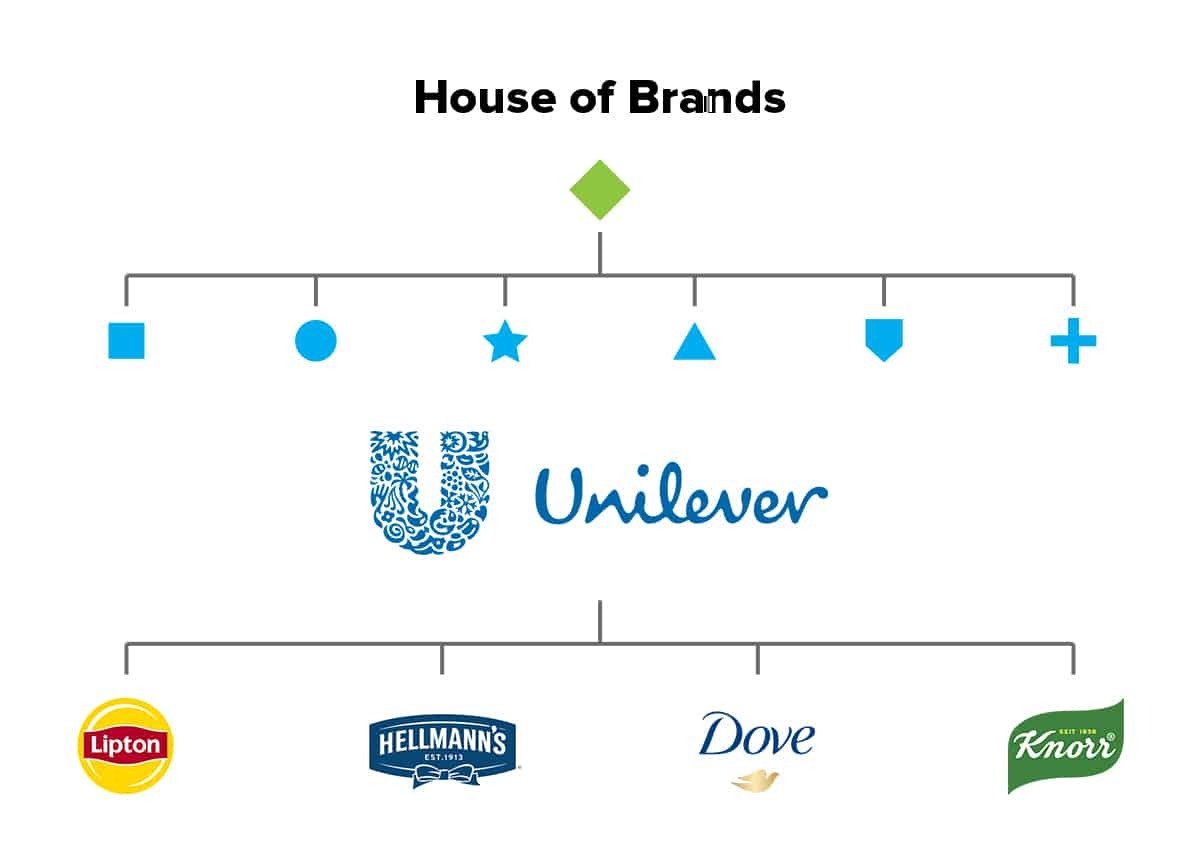
HYBRID BRANDING MODEL (HYBRID BRANDS)
The Hybrid Branding Model, or hybrid brands approach, is a versatile and adaptable approach to brand architecture that draws elements from various branding strategies.
In the hybrid branding model, companies can operate a mix of brand types, including house of brands, endorsed brands, or sub-brands, under their corporate umbrella. This branding flexibility allows them to address different market segments and geographical regions effectively.
The hybrid branding model empowers companies to navigate complex and diverse markets by combining elements from various branding strategies. This branding flexibility allows them to maintain a strong core identity while expanding their reach and relevance across different segments and regions. It exemplifies the importance of adaptability and innovation in contemporary brand management.
Coca-Cola is a company that utilizes the hybrid model effectively. While the Coca-Cola brand itself is one of the most recognizable and iconic beverage brands globally, the company also manages a diverse portfolio of beverage brands, including Diet Coke, Sprite, and Fanta. Each of these brands has its own unique positioning and target audience.
The hybrid branding model allows Coca-Cola to adapt its branding strategies to different markets and consumer preferences. For instance, while Coca-Cola may emphasize its classic and timeless appeal in one market, it can position Diet Coke as a healthier alternative in another.
This branding approach enables the company to capture a broader share of the beverage market while ensuring that each brand remains relevant and competitive.
In conclusion, a well-optimized brand architecture is crucial for consumer brands. By understanding different branding models and their strategic implications, as a design agency we work with businesses to create compelling brand ecosystems that resonate with consumers and strengthen their market position. Effective branding and brand architecture enhances packaging design, visual identity, and overall brand recognition, driving long-term success in competitive industries.
